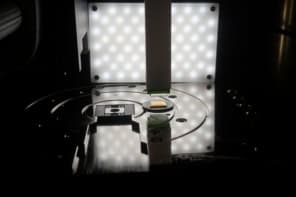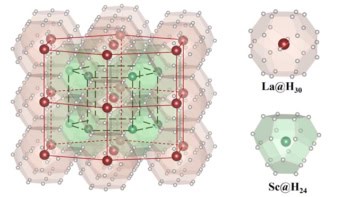We are familiar with the idea of a liquid existing alongside its gaseous form - like water and water vapour inside a kettle - but not all liquids are so simple. Scientists are unsure how - or even if - different phases exist in certain liquids commonly used in industry and research. Now Tsvi Tlusty and Sam Safran of the Weizmann Institute of Technology in Israel are a step closer to understanding the complex behaviour of these fluids (T Tlusty and S A Safran 2000 Science 290 1328).
Some liquids are very useful because their molecules act as tiny dipoles that can be aligned by electric or magnetic fields. Vehicle clutches, ink-jet printers and lubricants are among the applications that make use of these so-called dipolar fluids, which consist of micron-sized spherical particles suspended in a fluid. But to exploit the liquids further, scientists need a better understanding of how they behave. “Understanding phase separation in these liquids will allow us to predict whether they will remain homogeneous under certain conditions”, Safran told PhysicsWeb. “This is crucial for the development of new applications for dipolar fluids”.
In these dipolar liquids, the colloidal particles line up head-to-tail to form long chains, rather like polymers. This tends to prevent fluids behaving in a simple manner. But Tlusty and Safran found that the key to understanding the fluid was to treat the chains, rather than the individual molecules, as the basic unit of the liquid. The pair developed a simple model of the actions of a dipolar fluid at different temperatures. In a simple fluid, the liquid and gas phases are easily distinguished by their greatly differing concentrations. But Tlusty and Safran found that different phases in the dipolar fluid are rather unusual in that they also have very distinct topologies. Impurities in the dipolar liquid caused Y-shaped branches and ‘loose ends’ to form in the chains. The model showed that under certain conditions, the liquid separates into a dense network of chains and a dilute ‘gas’ of loose ends.
The separation of the fluid into the two phases will affect the overall viscosity of the fluid. “We need to take into account local fluctuations next”, said Safran. “This will give us an even greater insight into the complexities of these fluids”.



